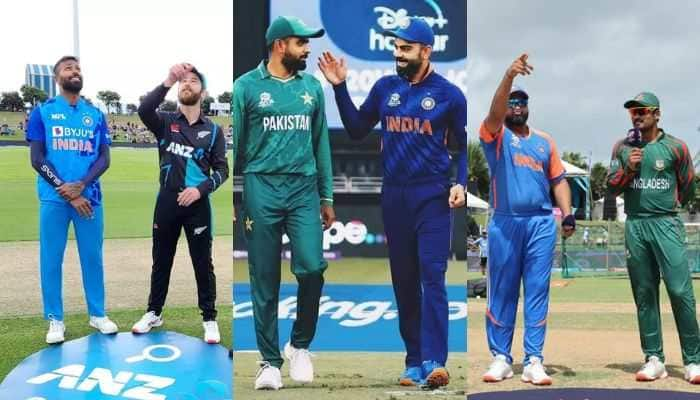Rishabh Pant car crash: What can we learn from cricketer's accident? Tips for safe driving
A recent car crash involving cricketer Rishabh Pant and his Mercedes-Benz car brings back the memories of Cyrus Mistry death, putting focus on road safety in India.
Trending Photos
) Image for representation
Image for representation Rishabh Pant, wicketkeeper and batsman with the Indian Cricket Team recently survived a horrific crash. A spree of CCTV footages and eyewitness accounts revealed the intensity of the crash. Luckily for the cricketer, he was travelling in one of the safest cars globally - a Mercedes-AMG GLE Coupe worth over Rs 1.5 crore. The car comes with safety features like 9 airbags among other technology that helped him escape from what could have turned out to be a fatal crash. The incident occurred barely three months after former Tata Group chairman and businessman Cyrus Mistry lost his life in yet another Mercedes-Benz vehicle. Both the cars hit the divider resulting in deadly result in one accident, and near deadly in another.
While many people blamed the German car manufacturer Mercedes-Benz for Mistry's death, the initial report states that he was not wearing a seat belt. In fact, both the front row occupants walked out safely from the crash, proving the safety net of the vehicle. If in both the cases, the cars were safe, then why are we seeing so many accidents? Both the car crashes happened on highways, when vehicles were at high speed. Highway driving is not as easy as it looks and has its own set of challenges. Here's a look at factors that can reduce the risk of accident if you are travelling by a car on the highway:
Take a good sleep before driving
The accident involving star cricketer Rishabh Pant happened at early hours, around 5.30 AM. As per the local police statement, Pant dozed off while driving the vehicle, that caused the crash. It's a usual practice to hit the roads at early hours to avoid traffic and reach the destination in time. However, one has to ensure they have taken ample sleep before going on a road trip. Sleeping at 12-1 AM and driving at 4-5 AM is not a good idea as the body demands rest and you can feel sleepy while driving the vehicle. Either start late at around 7-8 AM, or sleep early, having 6-8 hours of proper rest.
Take regular breaks
In most of the cases, people going for an outstation road trip take a journey spanning 5-7 hours, covering a distance of 200-300 km. Take for example, Rishabh Pant's case, where he was travelling from Delhi to Roorkie, at a distance of about 200 km. If one is taking such a ride, it's advisable to take at least one break, to stretch legs, freshen up, or have a tea or coffee at a wayside Dhaba. A few moments outside of a car can do wonders before resuming your journey. Science says our brains are not geared to stay alert for five hours at a stretch.
Drive slow
Last, but most important is the fact that has been reiterated since time immemorial, drive SLOW! The upper speed limit on National Highways stands at 90 kmph, and on expressways stands at 110 kmph. Now imagine, you are driving a car at 90 kmph, which comes out to be 25 metre per second. A human blink lasts upto 0.4 seconds, which means, every time you blink at a speed of 90 kmph, you will cover a distance of 10 metre, with a closed eye. Imagine what kind of things can happen when you are not able to see 10 metre at a go. At some places, the dividers are not illuminated, at some there are crossings, while some witness more animals than others. You must make your own adjustments and drive as per the recommendations of the NHAI.
Stay informed on all the latest news, real-time breaking news updates, and follow all the important headlines in india news and world News on Zee News.
Live Tv







)
)
)
)
)
)
)
)
)
)
